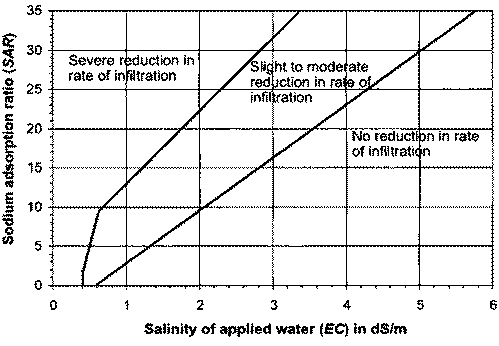Home | Literatures | SEA WATER DESALINATION
Literatures
SEA WATER DESALINATION
Depending on the treated water application, the Reverse Osmosis permeate should be conditioned prior to end usage.
Desalination Reverse Osmosis permeate has a slightly acidic pH after Pass-1, a TDS of 70 to 350 mg/L, 2 to 6 mg/L of Ca+ Mg and Boron concentration between 0.5-1.2 mg/L based on the raw water salinity and temperature.
|
Drinking water |
Irrigation water |
Process water |
|
|
Sodium chloride |
< 450 mg/L |
SAR optimization |
minimized |
|
Calcium, Magnesium |
Hardness 6-10oD |
minimized |
|
|
pH |
6.5-8.5 |
||
|
Boron |
|
Crop dependent |
- |
|
Disinfection |
Required |
Not required |
|
Drinking Water
Sodium chloride and Boron can be reduced by adding a second pass RO, with either Brackish water membranes or Seawater membranes. When water passes trough a second pass, residual calcium and magnesium concentration are close to zero.
Therefore 2nd-pass Ro permeate should be remineralized to achieve a residual typical hardness of 8oD (100 mg/L CaCO3).
This solution matches well drinking water requirements in low sodium, high calcium values.
Irrigation water
Irrigation water is more complex, it relies on an equilibrium between sodium, calcium and magnesium that ensure good infiltration in the soil. this equilibrium is measured by the Sodium Adsoprtion ratio (SAR) and the Electrical conductivity (EC):

Boron should also be removed, as it represents a toxic poison for the plants.
In order to keep a minimum EC of 0.3 dS/cm (~200 mg/L TDS), a sufficient calcium and magnesium concentration, the second-pass RO should be avoided or largely by-passed. Therefore the ideal solution is to use a specific Boron removal ion exchange resin and then to remineralize.
Process water
Process water is a very generic term that includes all type of water that doesn't need to comply with the WHO guidelines for drinking water. Requirements are usually up to the water consuming apparatus manufacturers guidelines, like a heat exchanger, a boiler, dilution water, etc.. In heating/cooling industries, process water should usually have a low mineralization to avoid scale deposit in the pipes or chloride corrosion.
For further demineralization visit our Desalination Polishing Step pages
POST TREATMENT SUMMARY
|
Process |
Drinking water |
Irrigation water |
Process water |
|
to remove Sodium chloride |
2nd pass RO (BW or SW) |
- |
2nd pass RO (BW or SW) |
|
to add Calcium, Magnesium |
- |
||
|
to neutralize to pH +/-7 |
NaOH / HCl injection |
||
|
Caustic soda injection + 2nd pass RO |
Specific Boron Removal IX |
|
|
|
(BW or SW) |
|||
|
to disinfect |
Required |
Not required |
|